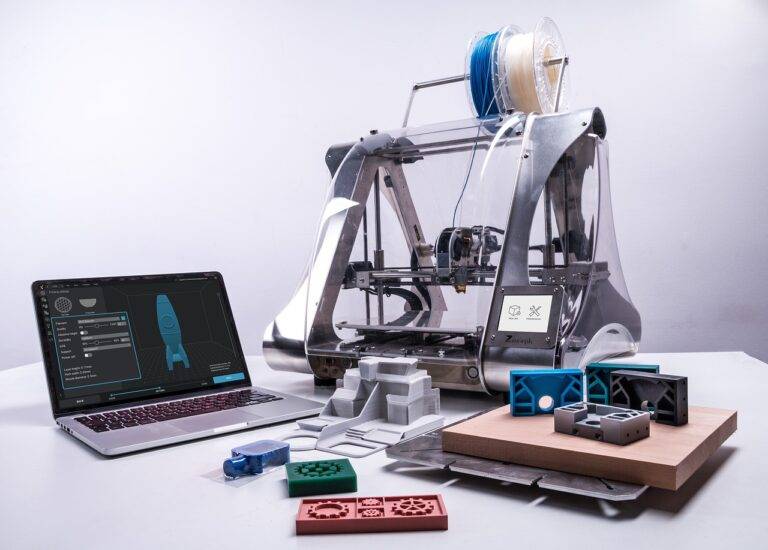The Future of Smart Cities: Smart Building Technologies
Implementing smart building technologies poses various challenges that need to be carefully navigated. One obstacle is the high initial cost associated with installing these advanced systems and equipment. From retrofitting existing buildings to incorporating smart features in new constructions, the financial investment can be significant. This can deter some building owners or developers from fully embracing the potential benefits of these technologies, despite the long-term cost savings and efficiency gains they offer.
Another challenge in implementing smart building technologies is the complexity of integration between different systems and devices. Ensuring seamless communication and interoperability among various components, such as sensors, HVAC systems, lighting controls, and security systems, requires a high level of technical expertise. In addition, the rapid pace of technological advancements in this field means that staying up-to-date with the latest solutions and standards can be a challenging task for stakeholders involved in the implementation process.
Benefits of Smart Building Technologies in Smart Cities
Smart building technologies play a crucial role in shaping the infrastructure of smart cities. By utilizing advanced systems such as automated lighting, HVAC, and security systems, these buildings can optimize energy consumption and enhance overall efficiency. This not only reduces operational costs but also helps in creating a sustainable environment for urban dwellers.
Moreover, the integration of smart building technologies in smart cities leads to improved safety and security measures. With features like smart surveillance cameras, access control systems, and real-time monitoring, these buildings provide a secure environment for residents and businesses alike. This contributes to a sense of wellbeing and peace of mind, essential aspects for the flourishing of a modern urban society.
Integration of IoT in Smart Buildings
In the realm of smart buildings, the integration of IoT (Internet of Things) has revolutionized the way buildings are managed and operated. IoT devices such as sensors, cameras, and smart meters are now commonly deployed in buildings to collect data and enable automation. These devices are interconnected through the internet, allowing for real-time monitoring and control of various building systems.
One of the key advantages of integrating IoT in smart buildings is the enhanced efficiency in energy management. IoT sensors can collect data on energy usage, temperature, and occupancy levels, enabling building managers to optimize energy consumption and reduce costs. By analyzing this data, building operators can identify patterns and trends to make informed decisions that lead to improved energy efficiency and sustainability in smart buildings.
What are some challenges in implementing smart building technologies?
Some challenges in implementing smart building technologies include high initial costs, interoperability issues between different devices and systems, and concerns about data security and privacy.
What are the benefits of smart building technologies in smart cities?
Smart building technologies in smart cities can help improve energy efficiency, reduce operating costs, enhance occupant comfort and productivity, and enable better management of resources and services.
How is IoT integrated in smart buildings?
IoT is integrated in smart buildings through the use of sensors, actuators, and other connected devices that collect and transmit data to a central system for analysis and control. This allows for real-time monitoring, automation, and optimization of building operations.





